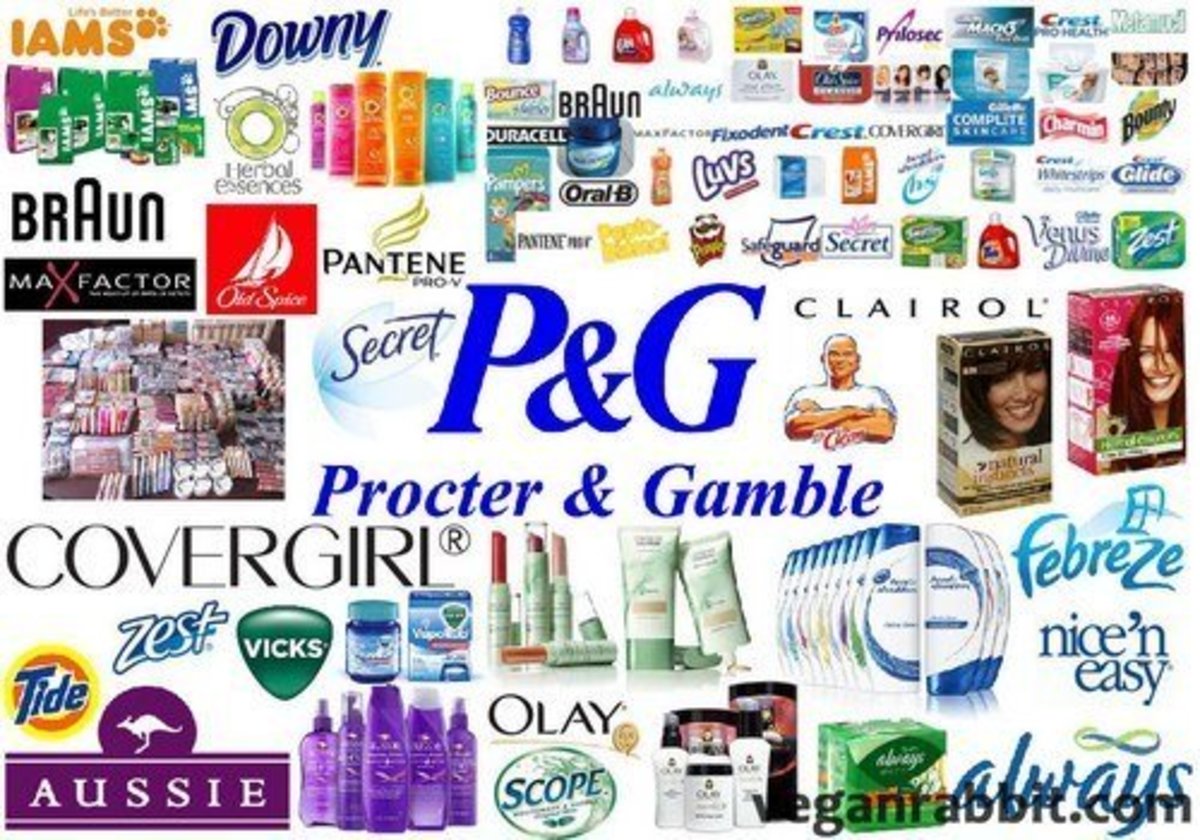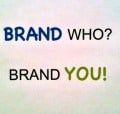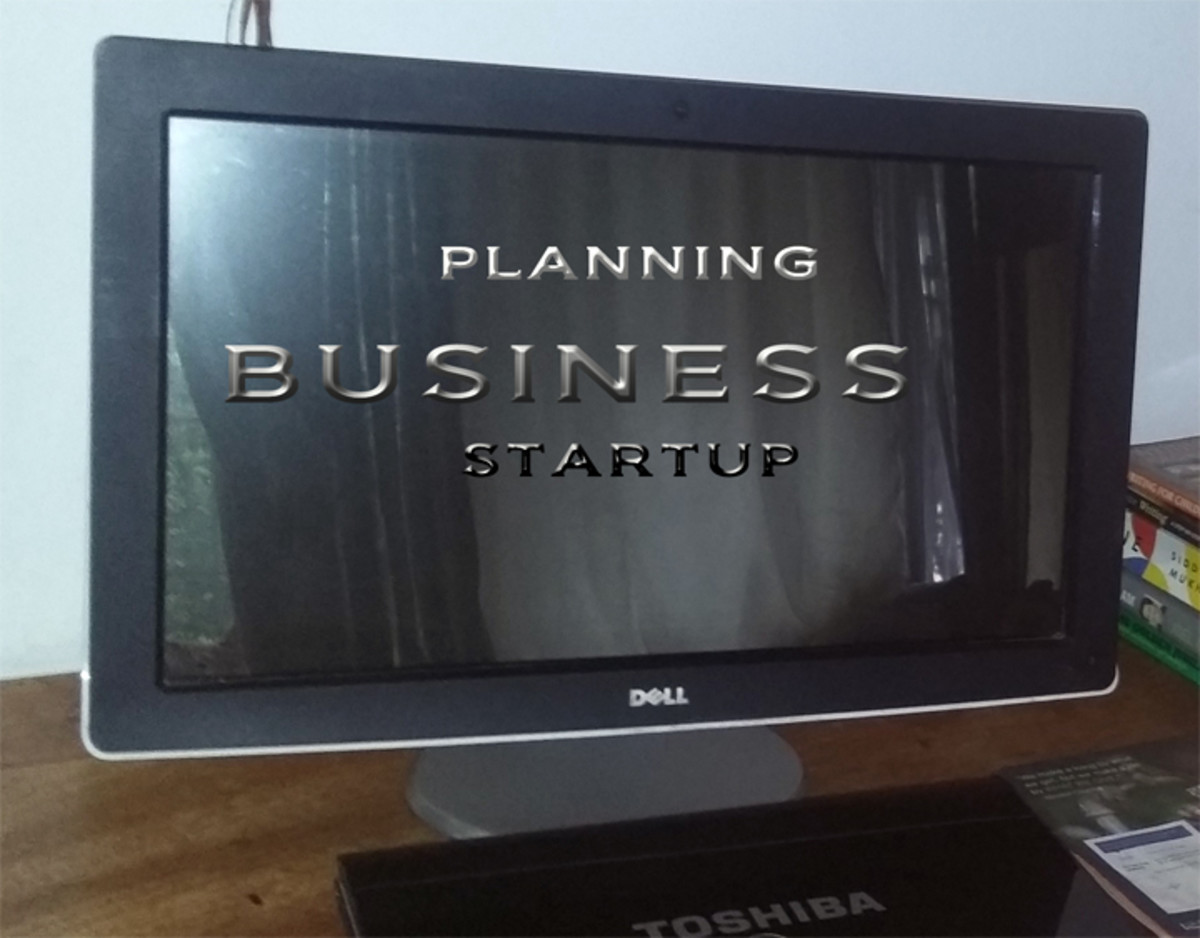- HubPages»
- Business and Employment»
- Small Businesses & Entrepreneurs»
- Marketing for Small Business
5 Branding Mistakes Startups Tend to Make

In today’s economy, several startup companies tend to forget the cardinal rule of Sales and Marketing.
Sale and Marketing are like the fable of King Arthur in which Merlin the greatest magical person ever known and King Arthur the greatest British King ever written were said to be — two sides of the same coin.
There are many writers out there who are renowned bestsellers, it’s not like someone one day woke up and decided to write 200 pages worth of words and sell it to the public just to be patronizing, it’s because that person, wanted to share their experience, their journey with you.
Unfortunately, startup companies, simply want to release their new product in the market with the equivalency of a five year old who just bought the new battleship toy to show off to all his friends, unaware and sometimes deliberately crass enough not to pay attention to the reception they are likely to receive.
In case of the above there are several things done to circumvent the public in that regards, with the hope that it’s never too late to change. This would be fine, if the pin on the grenade hadn’t been ripped out all willy-nilly, causing debris that settled and created the worst kind of pollution since the first atomic bomb.
Startup companies launch their products often, because no company wants to be left behind and in the process of elimination and no company wants to fall prey to recession.
The Cardinal Rule to stay alive and not misunderstand the way to a good start is:
“You can’t sell a product on the market if you don’t understand the market’s needs, and you can’t market a product you don’t know how to sell.”
Here is a list of five branding mistakes startups tend to make.
The Logo

The very definition of a logo is a symbol or other small design adopted by an organization to identify its products and in essence, its existence.
When you think about great branding, corporations that come to mind like Starbucks, and or Nike, you don't think about the oddity of the logo, you mostly are intrigued by the history of a tick mark or a woman with her hair swaying about. Branding is a way of defining your business, the identity of who you are and how you want the customer to remember you. A company must always strive to connect emotionally with the clientele.
The Logo should never be used with a text or with the same color of the logo on a background of the same color. For example you could look at the Boston University 'Dos' and 'Do Not's' the link is as: http://www.bu.edu/brand/logo/doanddont/
Underestimating Technology

The irony of social networking is based on the idea to connect with people from all creeds and cultures, from all sizes to all nationalities. It’s a wonderful way to bring the world closer.
But Technology should never be underestimated.
Branding has always been about creating the first impression, how effectively you communicate your brand can have more impact on your success than the product itself. Most mistakes lie in the vague statements and endlessly jargon applied to selling.
A company can't sell anything if the customer hasn't grasped what you wanted to convey.
The over indulging of posts on Facebook, Twitter or something as simple as on a profile page on LinkedIn, just sends people into a frenzy filled with confusion. It’s like Sharks circling around chum, the food isn’t worth squat, but bait is bait and now you just have to toss the man overboard—go all in.
Zig Ziglar on Selling in the very introduction of his book clearly states – “Selling is more than a profession; it's a way of life”. When it comes to technology, staying abreast of the ever changing technology aids selling.
Key Words: Keep it Simple, Concise and to the Point.
Tweak but Never Drastically Change

Most Startup corporations should really invest in a dictionary, and even as patronizing as that is, it’s the hard unbiased truth.
Once your logo and idea is in place, it should serve as the cornerstone for nearly every other marketing decision that’s made within the company. The entire point of that is to present a consistent face for your company to the public. Startups tend to crucially miss the entire purpose of their own product when they become too involved in providing a catchy catchphrase or rhyming tagline or a logo that needs to be eye-popping as all ‘hell get out’.
It’s the one thing startups should never be completely blindly invested in.
The time startups waste on creating ‘The Best’ logo or tagline is the time wasted on catching the public’s eye. Because the market is ever changing peak moments in time can be swept away without a second glance, and will leave them grasping at straws caught between perfection that doesn’t exist and another window of opportunity to open up.
For example: The campaign - "The Pfabulous Pfaucet with the Pfunny Name" tripled sales for Price Pfister. Among other poor decisions, the new owners (after the old owners sold the company for a "pfortune") changed the slogan. They decided "The Pfabulous Pfaucet" would be sufficient - while at the same time dropping their spending. Guess what? Sales dropped down to the pfloor, so to speak.
Recognizing the Particular Niche Market

Modern Art and Abstract art are almost identical, in the way that neither makes much sense. The former is all about emotions of thought, the other is mostly shapes designed to create a message. Both baffle the public enough that only those interested in the essence of Art and its vast categories will appreciate the beauty presented to them.
If all they were looking at, were stripes that remind you of zebras, you wouldn’t be happy buying a painting with zebras stripes unless the painting made you happy.
If you took it home, there will almost always be a guaranteed reaction to someone not liking it at all.
Startups tend to ignore this, by trying to make everybody happy and mark everybody to want to buy their particular product. It's not going to happen. Rather they should focus on a particular niche market, and try to appeal to those consumers. They are the ones who are going to buy the product, anyway.
Identification of Who You Are

Jackie Chan spent an entire ninety minute Japanese movie trying to find out who he was after an amnesiac attack. The only thing it garnered was major confusion, startling comedy and a baffling romance all tied up together in a spy-game movie with awesome death-defying stunts.
If real life was as fun as a Jackie Chan movie, many startup companies wouldn’t be drowning under the market’s confusion.
Creating a logo, and branding a tagline with a catchy witty line, is only the beginning. Instilling belief and Core values of a company, in loud clarity is the best thing a startup can do, for success. If they don’t know who they are, how is the public supposed to identify the difference between them and another?
Research

Whether you want to write a book, direct a documentary, seek inspiration for a song or sell something out to the world—research.
Startups that launch their product into the market, they need to find out what their audience wants, and then the brand's strengths and weaknesses.
No one is forcing you to read book and encyclopedias or google every single page on the web, only to retrieve conflicting information.
Research can be fun, documentaries, documentaries turned into movies with a hot actress, and striking male leads, YouTube, Blogs.
Facebook Posts from friends, books, fiction and non-fiction, anything from ‘The Secret’ to ‘James Patterson’s Don’t Blink’ can be used as a form research. You just have to know what to look out for.
Recommended Sites to conduct research can also come from a trusted source, be they a friend or a relative, or a blogger you follow.
And if the above don’t work, you could always watch Shark Tank or The Apprentice, it’s shockingly helpful.








